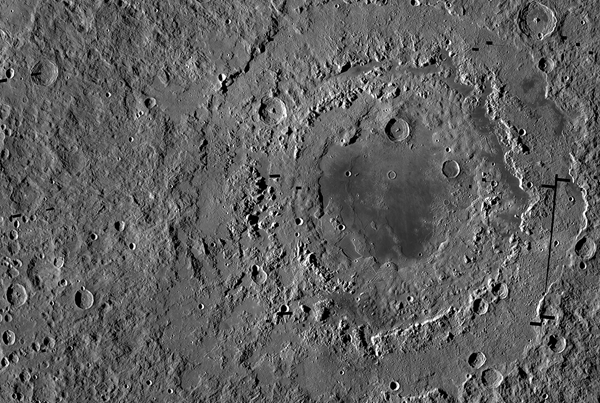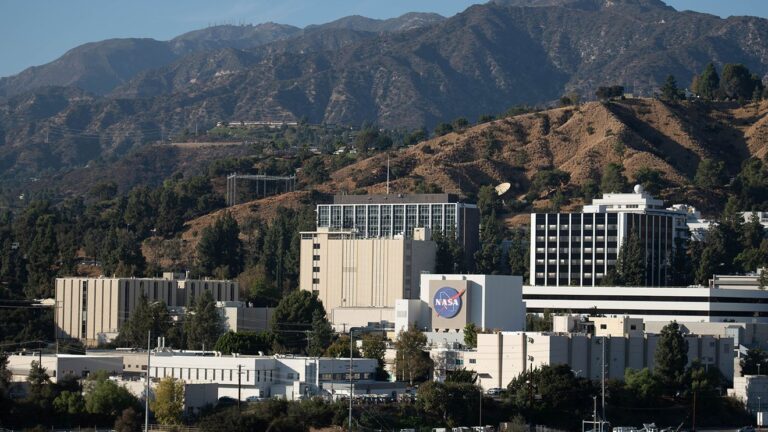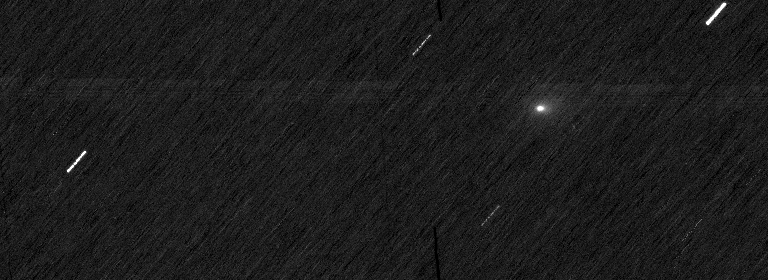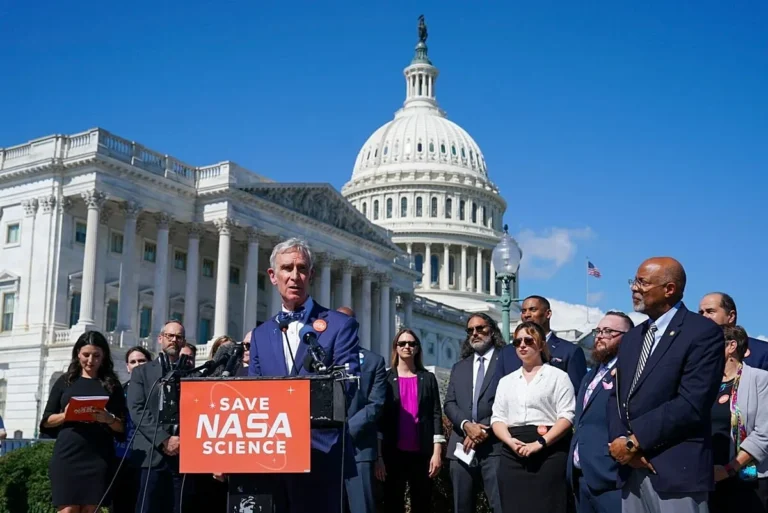Key Takeaways:
“Every little impact can change the spin of the Moon. The question really is, how big of an impact do you need to do something geologically meaningful?” says James Tuttle-Keane, a researcher at the California Institute of Technology. Tuttle-Keane is working on modeling the Moon’s behavior after the more massive impacts to determine how the collisions that created the largest impact basins would have sent the Moon spinning. He presented his initial models at the American Geophysical Union meeting in New Orleans, Louisiana, in December.
“Your run-of-the-mill asteroid impacts will change the Moon’s spin by an imperceptible amount …. The impacts that form basins, craters with diameters over a few hundred kilometers, on the other hand, can really mess with the Moon,” he says.
Changing spin
Rocks and objects traveling through space carry a little bit of angular momentum with them. When they slam into something else, such as the Moon, they pass that angular momentum on, imparting a slight spin. Previous studies have modeled how these objects affect the Moon.
But rocks slamming into the Moon have a more noticeable effect than changing the satellite’s spin. They create impact craters that carve the surface of the Moon, sending material flying upward and outward, only to settle back down. Each impact affects how mass is distributed throughout the Moon, and that mass distribution then affects how the Moon spins. When a large object carves out an enormous impact basin, the shifting mass can affect the overall lunar rotation.
“The formation of these larger impact basins can drive large wobbles of more than 10 degrees, and even unlock the Moon from synchronous rotation [the effect that keeps one side permanently pointed towards Earth],” Tuttle-Keane says. Carving out these basins can stir up the Moon’s inner core and magnetic field, as well, he says.
Tuttle-Keane used measurements taken by a variety of missions and spacecraft to determine how to best model the impact basins today. These include the Apollo Lunar Laser Ranging (LLR) project, and NASA’s Gravity Recovery and Interior Laboratory (GRAIL) and Lunar Reconnaissance Orbiter (LRO) satellites. Since most of the basins he is concerned with are about 4 billion years old, and have changed over time, he then used numerical models to figure out what the basins were like when they first formed.
“Between the information we have about the present-day Moon from GRAIL, LRO, [and] LLR, and inferences about the early Moon from numerical models of impact basin formation, we can start to piece together how the Moon’s spin has evolved,” Tuttle-Keane says.
An unsteady past
The results reveal that the Moon hasn’t been so staid and stately throughout its life.
“The tumbling that happens right after basin formation can be quite extreme,” Tuttle-Keane said. Sometimes the Moon completely unlocks from the Earth, or tumbles significantly. He referred to it as “the wibbly wobbly Moon.”
Eventually the Moon re-asserts itself into the calm body we know today, as the chaotic motion slows over time. If a single face of the Moon was locked towards Earth before the impact, tides remove the extra energy and the Moon eventually presents only a single side towards our planet once more.
Since most of the major impacts happened in the early days of the Earth-Moon system, there was no one around to note the changes in the most familiar face in the sky. But if you could somehow travel back in time, you might catch a glimpse of an unusual Moon — one whose volcanic activity was slowly building the familiar giant plains of the nearside. Then things would change when a large rock smashed into it.
“If you could see the formation of a large impact basin, you’d be in for quite a show,” Tuttle-Keane says. “You would see a flash of light, material splattered into space and across the surface of the Moon, and a red-hot impact melt where the basin formed.”
Following a major impact, the Moon “wobbles” due to redistribution of mass, then eventually resettles.
James Tuttle Keane, Caltech
“If you watched from Earth in the years afterward, you’d see the Moon wobbling in the sky,” he adds. It would continue to tilt crazily for hundreds or thousands of years, but would eventually calm back down.
So far, Tuttle-Keane has modeled how the Moon reorients after the formation of two of the larger basins, the Orientale impact basin and the South Pole-Aitken impact basin. He intends to continue exploring the problem with other basins to see just how wildly the Moon may have spun in its youth.










